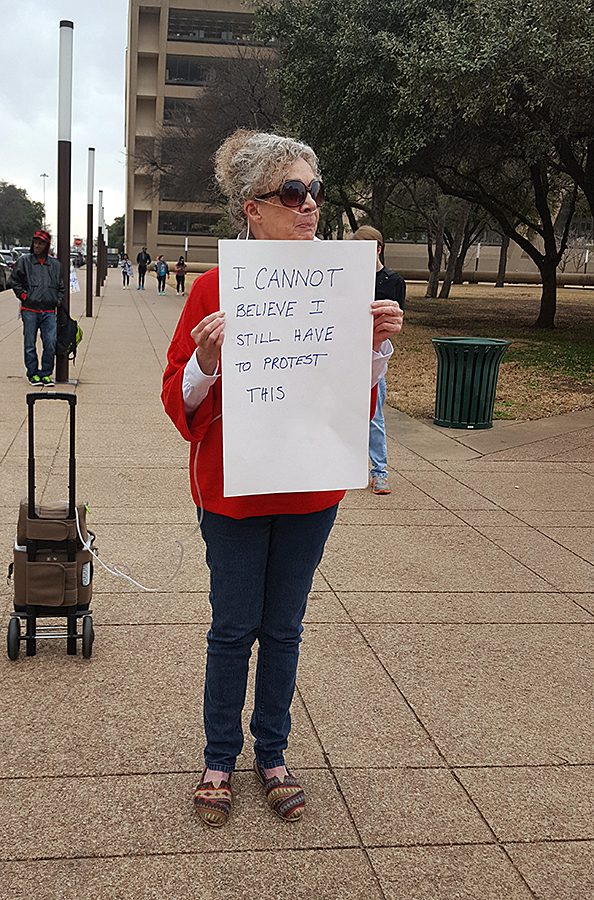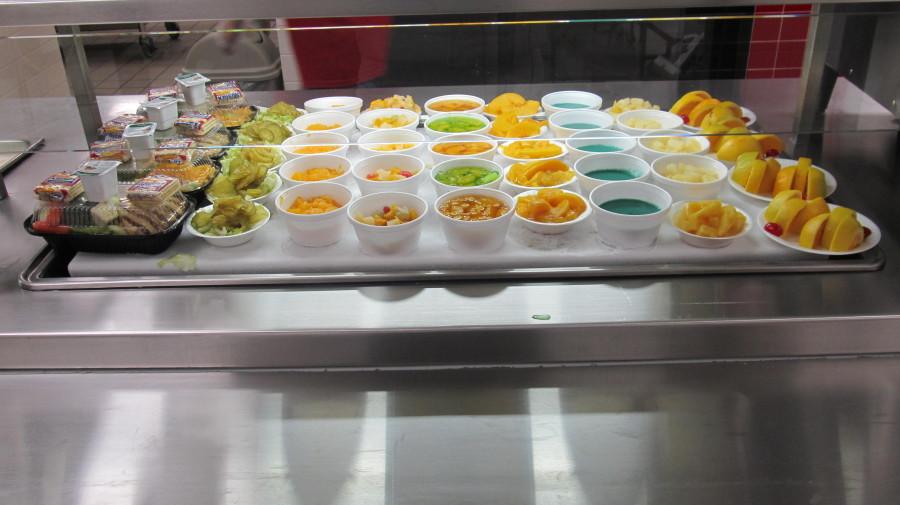In an attempt to reduce obesity, a new federal act became effective on March 23 by the U.S. Department of Agriculture (USDA) requiring schools to modify their lunch menus and provide healthier eating choices.
The changes include more orange and yellow fruits and vegetables, reducing fats and increasing whole grain. This new act mostly affects students receiving free or reduced lunches. As of July 1, those students are required to get a main dish, two one-half cups of vegetable or fruits and a carton of milk. If studentd do not have all of these items, they are asked to go back and get a fruit to avoid having to pay for their meal.
“I think [for] the students to learn to eat healthy, they need to eat the things we’re providing for them this year,” Food Services Manager Marilyn Williams said.
Students argue that the food is not always what they want, and they are throwing away more food due to dissatisfaction. As a result, more than 60 cafeteria trash bags are thrown away on a daily basis, according to GCA Services Group employee, Eliseo Jasso.
According to the USDA rule provided on the US Government Printing Office website, the government is spending an estimate of 2.5 cents more per student lunch. And this amount will increase to 5 cents for lunch and 14 cents for the upcoming breakfast menu that will be implemented next fall. A few changes will include non-starchy vegetables instead of fruits, and only fruits without sugar will be allowed.
“Most students at this school underappreciate the food that they are given by the government,” senior Baochau Ton said. “But they don’t realize that the government spends approximately $6,000 per student in order for them to attend a public school. So for the fact that they’re spending more money for all this nutritious and healthy food, these kids are under-minding the advantages that they are getting from it.”
























